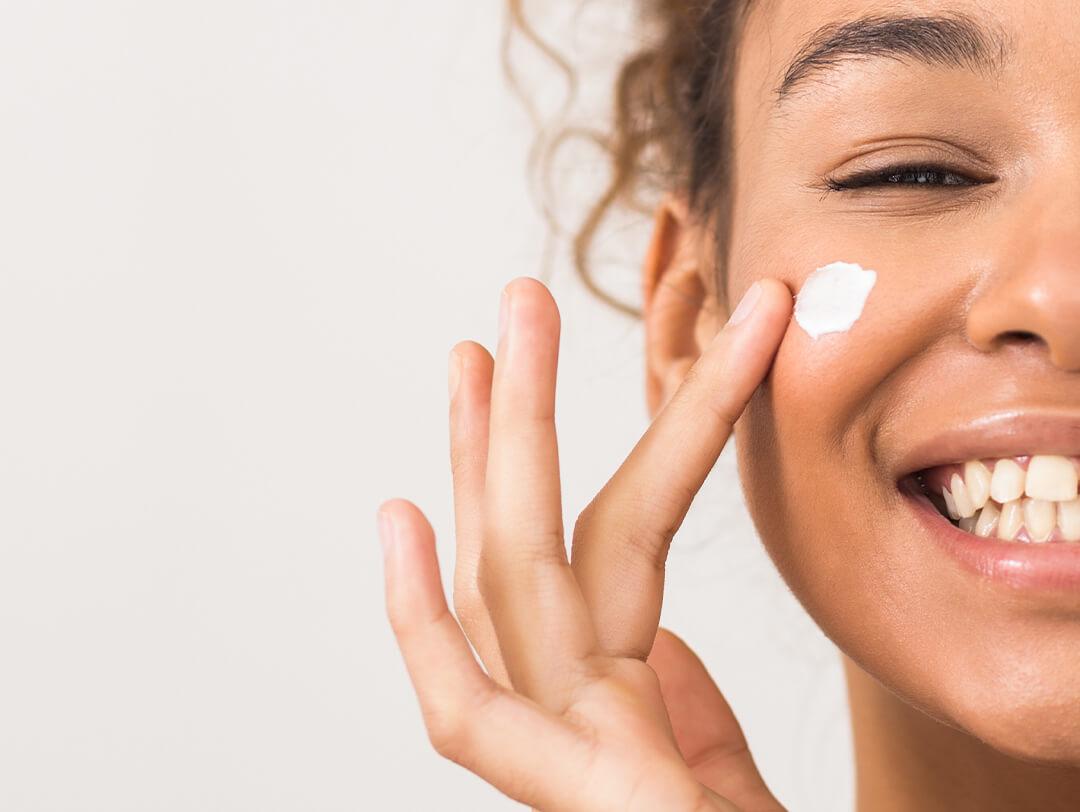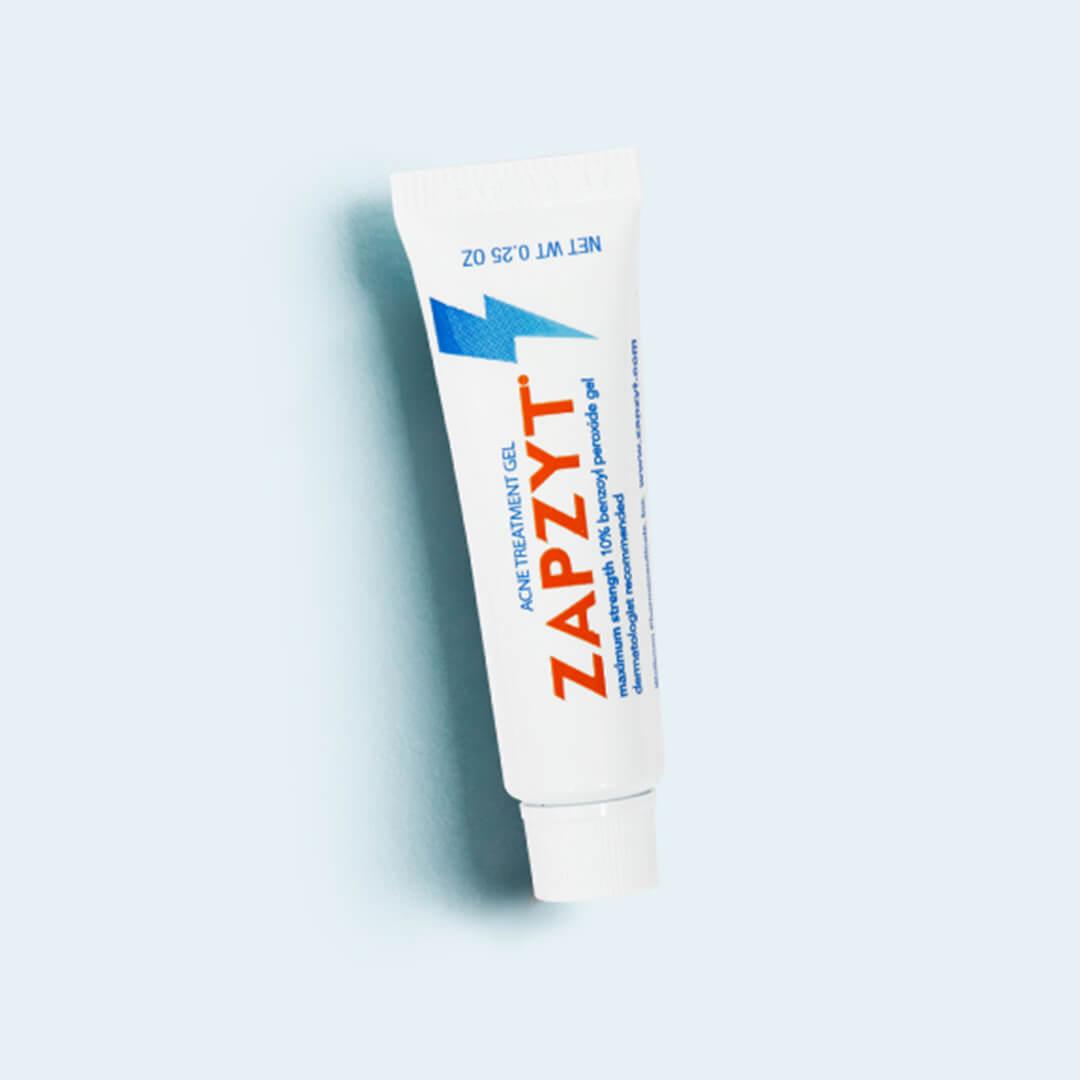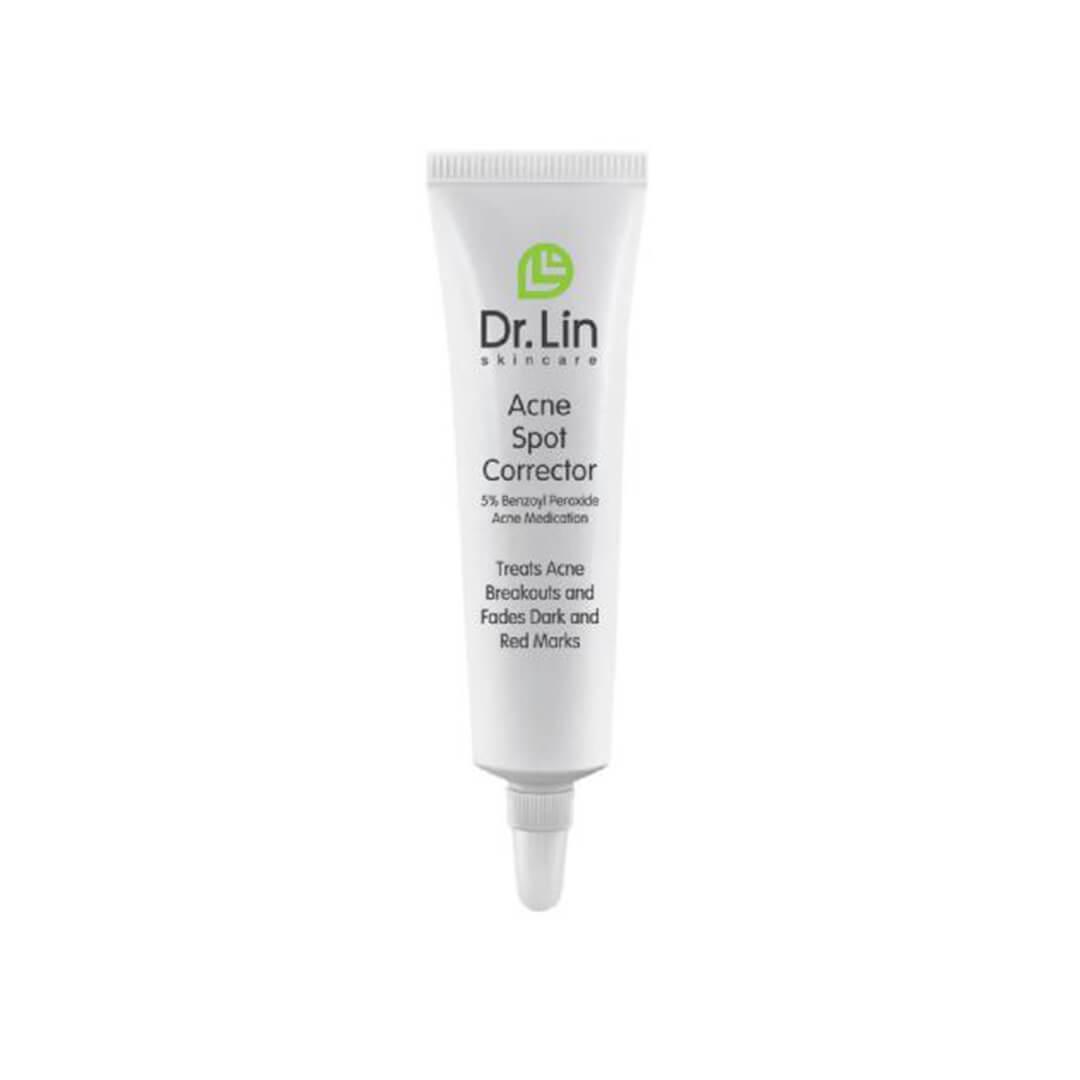What to Know About Benzoyl Peroxide, One of the Most Popular Acne Treatments Out There



Lindy Segal


If you’ve had acne in your life (*raises hand*), the chances are you’ve heard of benzoyl peroxide. But just because something is well-known, doesn’t mean it’s well-understood. Benzoyl peroxide is one of the most widely used active ingredients for acne, but it may not be the best choice for all types of acne and all skin types. We called on Philadelphia-based dermatologist Michele J. Farber, MD to answer every question we—and you!—have about the famed acne treatment. Plus, we share a few product recommendations to get your clear-skin journey started.


It's about glam time you treated yourself.
MEET THE EXPERT
Michele J. Farber, MD, is a board-certified dermatologist at Schweiger Dermatology Group in Philadelphia, Pennsylvania.
What is benzoyl peroxide?
Found in acne products from spot treatments to cleansers to masks, benzoyl peroxide is one of the most common—and, yes, effective—acne treatments available. “Benzoyl peroxide is a medication commonly used in acne because it has an antibacterial effect on the bacteria that can cause acne, [called] p. acnes,” explains Dr. Farber, who adds that it can also help with pore clogging, thanks to its keratolytic—a.k.a. keratin-softening—effects (fun fact: you can blame a build-up of keratin for those pesky blackheads). Plus, “the benefit of benzoyl peroxide is that it is not shown to contribute to bacterial resistance,” adds the derm. In other words, it’s basically a fail-safe against acne bacteria.
What kind of acne can benzoyl peroxide treat?
Although it can help treat all types of acne, benzoyl peroxide’s antimicrobial properties make it best for red, angry pimples. “It is most helpful in inflammatory acne, meaning papules and pustules that occur when comedones rupture,” says Dr. Farber. And, whatever you do, don’t pick!
Benzoyl peroxide vs. salicylic acid:
When it comes to skincare, these two acne-fighting ingredients have probably been taking up space in your brain since your teen years. But although benzoyl peroxide and salicylic acid are both wildly popular, they work in very different ways.
“Salicylic acid is a beta-hydroxy acid that is used mainly as a keratolytic and for mild anti-inflammatory effects,” explains Dr. Farber. “It is oil-soluble, allowing it to penetrate pores and get rid of excess debris.” So while salicylic acid is most helpful at dissolving excess oil and sebum in pores to clear away comedones (a.k.a. blackheads and whiteheads), benzoyl peroxide “is used more for its antibacterial effect and is more useful for inflammatory acne,” says the dermatologist.
You can use the two ingredients together, “but it’s best to proceed with caution in sensitive skin,” according to Dr. Farber. “While they’re likely to be tolerated together in more oily skin, it’s best to use these at different times (one in the morning and one at night, or alternate days) to prevent irritation,” she adds.
How to use benzoyl peroxide on the skin:
Benzoyl peroxide is available in both over-the-counter products, for mild to moderate acne, and prescription forms, for more severe acne. “Benzoyl peroxide comes in 2.5 to 10 percent preparations over-the-counter in cream, gel, lotion, foam, swab, and cleanser forms,” says Dr. Farber. Ultimately it comes down to personal preference to determine what’s best for you and your skin, keeping in mind that the ingredient can be harsh, especially on sensitive skin. “While these products can be used 1-2 times daily, it’s best to start a few times weekly to reduce dryness. Percentages under five percent are effective but more tolerable, especially for the face,” adds the derm.
Meanwhile, prescriptions pair benzoyl peroxide with other powerful acne fighters. “Prescription formulations combine benzoyl peroxide with an antibiotic, clindamycin, or with a retinol, adapalene,” explains Dr. Farber, adding, “These formulations are typically used a few times weekly to daily, but this should be as directed by your dermatologist.”
Does benzoyl peroxide have any side effects?
The most common side effect is dry skin. If you’re first introducing it into your skincare routine, consider starting with a product that has a lower concentration and increasing as needed. It can also make skin sensitive to the sun, so be sure to slather on sunscreen after applying any product with benzoyl peroxide.
Interestingly, one ingredient benzoyl peroxide doesn’t play well with? Retinoids. “Benzoyl peroxide should not be used with most retinoids, as it will inactivate the retinol,” explains Dr. Farber. “Prescription combination medications are an exception as they are formulated with forms of these medications that remain stable together.”
Benzoyl peroxide products Ipsters love:
Spot treatments are a good entry point for benzoyl peroxide because you can easily apply to blemishes without drying out the rest of your skin. Consider these three IPSY-approved acne treatments.
1. TULA SKINCARE Go Away Acne Spot Treatment


This powerful spot treatment packs a punch with five percent benzoyl peroxide, plus tea tree oil (which has natural antibacterial properties) and probiotics to help balance and soothe skin. Bonus points for the hands-free application! “This stuff is magic for my skin! Works great to treat my maskne,” says one happy Ipster.
2. ZAPZYT Acne Gel


We know, throwback to your teenage vanity—but this formula worked then, and it works now. Containing the highest FDA-approved OTC concentration of benzoyl peroxide, this treatment does what the name promises and, well, zaps zits. Plus, the water-based gel is invisible on skin so you can apply it day or night. One Ipster reports: “This acne treatment works very well! Cleared up the next morning!”
3. DR. LIN SKINCARE Acne Spot Corrector


Not only does this two-in-one treatment help treat existing acne thanks to five percent benzoyl peroxide, but it also helps fade dark marks from past breakouts courtesy of skin-brightening vitamin C and kojic acid. “Already repurchased. LOVE IT!” says an Ipster.
Want in on all the IPSY Glam Bag fun? Take our Beauty Quiz now to get started. Already an Ipster? Refer your friends to earn points, which you can use toward products. Either way, don’t forget to check us out on Instagram and Twitter @IPSY.
Like this article? Share it with your friends by clicking the icons below!
Liked this post? Share!
Related Stories


Ingredient Index
Why Argan Oil Is the Versatile Ingredient Everyone Needs in Their Beauty Routine
Published on Oct 15, 2025 • 8 min read


Ingredient Index
Every Skincare Ingredient You Should (and Shouldn’t!) Use With Vitamin C
Published on Oct 2, 2025 • 9 min read


Ingredient Index
No, Not All Peptides Are the Same, But All Are Beneficial
Published on Aug 12, 2025 • 4 min read


Ingredient Index
Top Anti-Inflammatory Ingredients to Soothe Irritated Skin
Published on Aug 5, 2025 • 6 min read


Ingredient Index
Iron Oxides Are the Skin-Protecting Ingredients Your Routine Has Been Waiting For
Published on Mar 14, 2022 • 3 min read


Ingredient Index
Galactomyces Is the Latest Skincare Ingredient You’re About to See Everywhere
Published on Jul 10, 2025 • 3 min read


Ingredient Index
Everything to Know About the Gentle Healing Ingredient Bisabolol
Published on Jul 10, 2025 • 6 min read


Ingredient Index
Yes, You Should Be Using Adapalene If You Have Acne
Published on Jul 10, 2025 • 4 min read


Beauty Picked Just for You
Get 5 products worth up to $70
Plus exclusive access to epic deals up to 80% off
Starting at just $14/month. Cancel anytime.